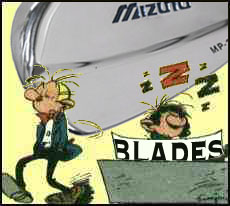IGNORED
Ball playable in waterhazard .......
Note: This thread is 4756 days old. We appreciate that you found this thread instead of starting a new one, but if you plan to post here please make sure it's still relevant. If not, please start a new topic. Thank you!
-
Topics Being Discussed Right Now on The Sand Trap
-
- 6,570 replies
- 253,318 views
-
Klineka's Garage Simulator Build Thread 1 2 3 4
By klineka, in Balls, Carts/Bags, Apparel, Gear, Etc.
- 58 replies
- 11,878 views
-
- 3 replies
- 2,370 views
-
"5 Minutes Daily" Practice Challenge 1 2 3 4 838
By iacas, in Instruction and Playing Tips
- 5 minutes daily
- dedication
- (and 6 more)
- 15,076 replies
- 908,003 views
-
- 1,216 replies
- 157,654 views
-







Recommended Posts
Create an account or sign in to comment
You need to be a member in order to leave a comment
Create an account
Sign up for a new account in our community. It's easy!
Register a new accountSign in
Already have an account? Sign in here.
Sign In Now